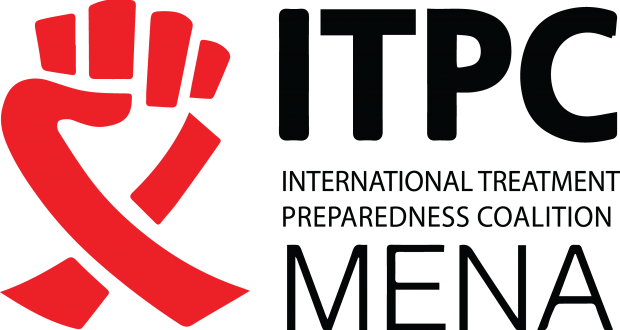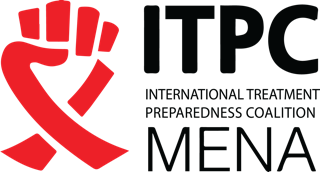
The first Middle East and North Africa Community Advisory Board (MENA-CAB)
Casablanca, Morocco, 28 June-01 July 2014
Despite the fact that HIV prevalence in the countries of the Middle East and North Africa is believed to be low at least among the General Population, the rate of increase of new cases since 2001 makes this region home to one of the most fastest-growing epidemic in the World. The annual number of new cases continues to increase in the MENA region unlike other regions of the world, like in sub-Saharan Africa, where the number of new cases have been significantly decreasing(34% decrease) or in the Caribbean region (49% decrease). In parallel, MENA Region is reported to be the region with the lowest access to care and treatment in the World (11%)
Pharmaceutical companies use the World Bank classification, which is based on the income of countries, to define their access policy in the world. According to this classification the majority of countries in the MENA region are considered as middle-income countries. However, the United Nations Committee for Development Policy uses three criteria for identifying countries as least developed countries: gross national income per capita, the human asset index, and the economic vulnerability index. This results in a larger number of poor people living in middle-income countries than in low-income countries.
Because pharmaceutical companies consider the countries in the MENA region as intermediary countries, the price of their products are much more expensive than in low- income countries. Another consequence is that the countries in the MENA region are excluded from voluntary licenses, which means they can’t have access to generic drugs which usually propose the same molecules, but for affordable prices compared with prices provided by originators. Also the originators often use different strategies, like “evergreening”, abusing their rights related to the intellectual propriety to block generic manufacturers for as long as possible. As a result, the access to new generation ARVs in these countries stays limited. Actually the third-line treatment in these countries is too expensive. For example, in Morocco, where there are 5500 people on treatment, the amount spent on the procurement of third-line treatment for 20 people (at US$ 1700 per patient per month, or US$ 20 400 per patient per year) is equivalent to the amount required for treating 1700 people on first-line medicines (at US$ 240 per patient per year).
The Middle East and North Africa Community Advisory Board (MENA-CAB)
The creation in September 2013 of a Community Advisory Board for the first time in the MENA region was a regional initiative of the Association de Lutte Contre le Sida (ALCS) in Morocco in collaboration with ITPC-MENA.
The main objective of the MENA-CAB is to ensure a dialogue at the regional level among all of people living with HIV and / or hepatitis C, treatment advocates, and representatives of the pharmaceutical industry and policy makers in order to ensure improved access to treatment, care, and support for patients. The MENA-CAB is managed by a Steering Committee composed of 6 members from 5 different countries (Table 1)selected to reflect geographical representation, sexual orientation and gender identity, knowledge, community credibility, and honesty as much as possible.
This committee decides on the program and participants in meetings and activities of the MENA-CAB while the legal and financial control is provided by ALCS.
to download the workshop report, please click : Here










